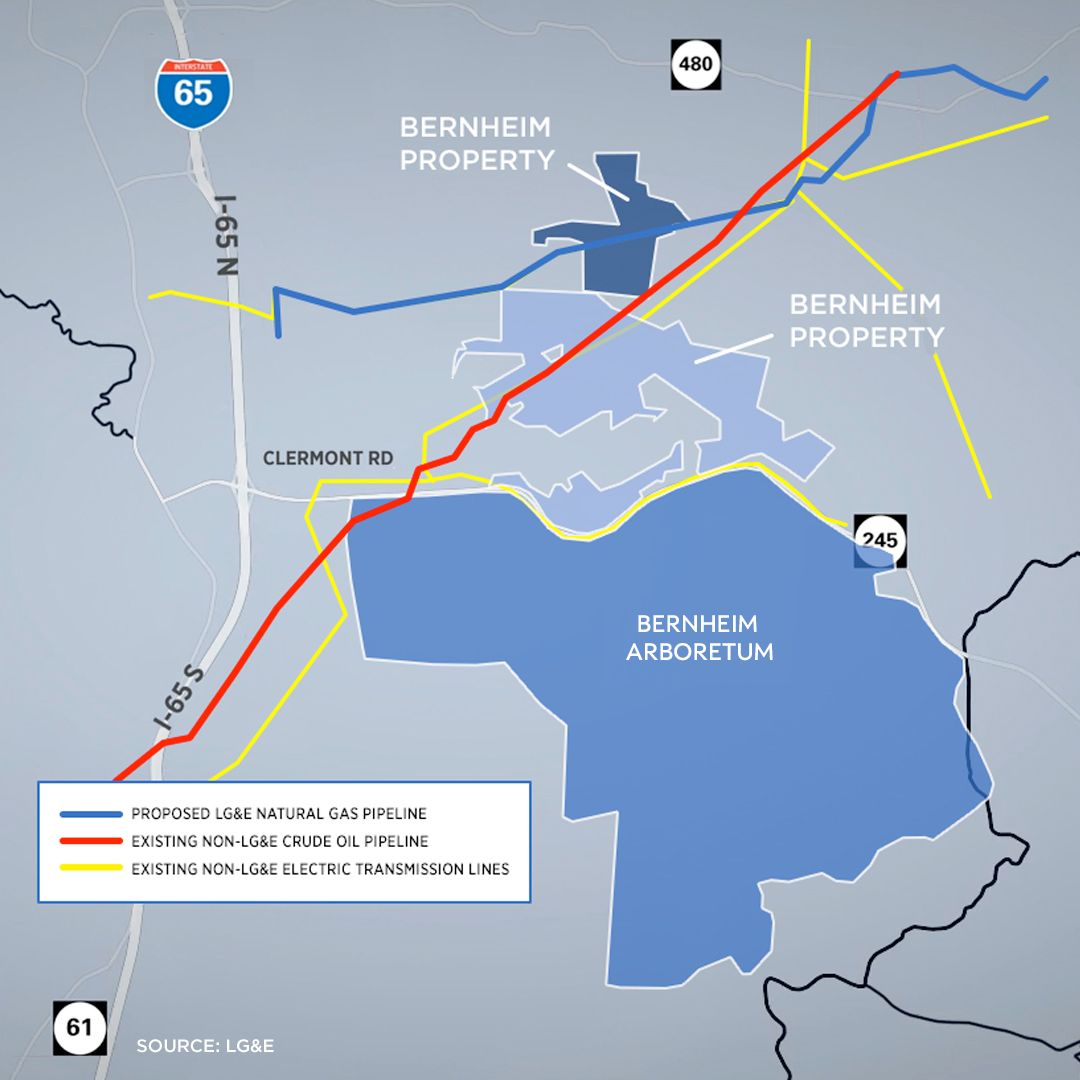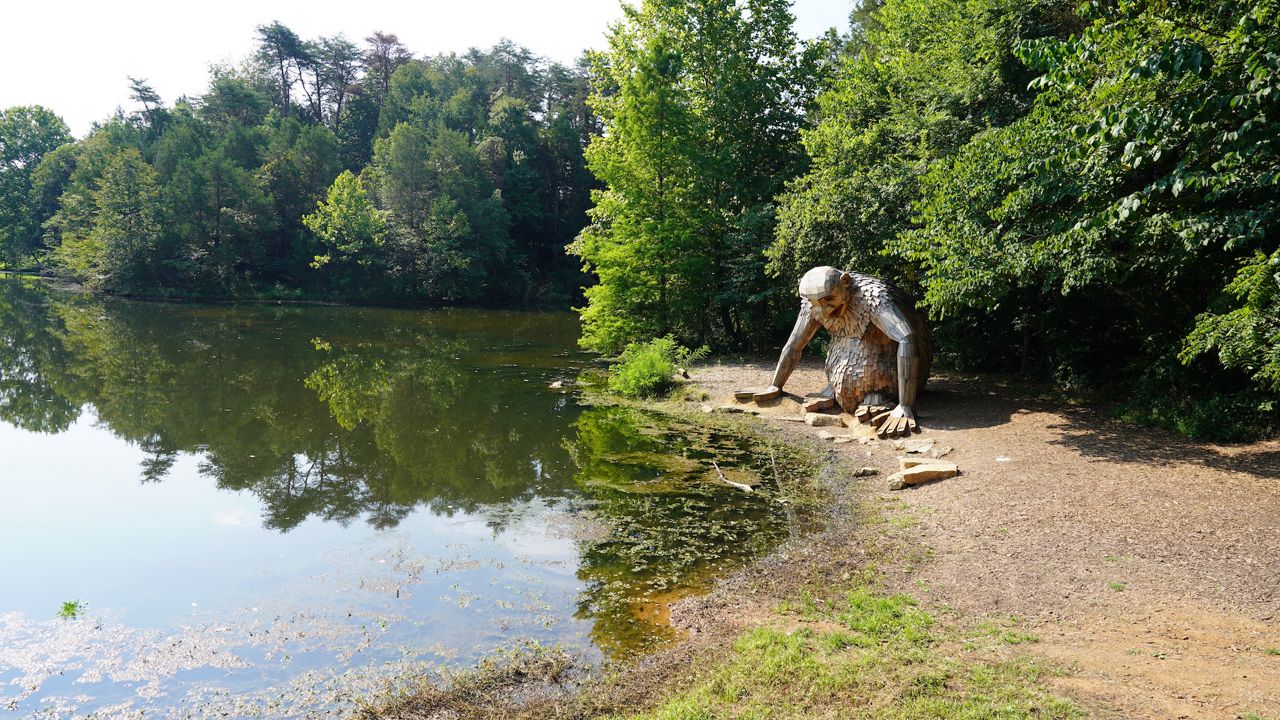KENTUCKY — After four years of hurdles, the Bullitt Circuit Court ordered the Isaac W. Bernheim Foundation to provide LG&E with the easements it needs to build its pipeline through the foundation-owned property.
The plan for the 12-mile pipeline has been in the works for years. The clash over the pipeline came when LG&E wanted to build part of it through Bernheim's Cedar Grove Wildlife Corridor, as well as part of land with the Bernheim Arboretum and Research Forest, claiming it's necessary in order to keep up with the growth of Bullitt County and to ensure energy reliability.
The owners of the property argued the pipeline would endanger protected wildlife, as well as the area's ecosystem as a whole.

The energy provider, which serves 333,000 natural gas and 429,000 electric customers, took the Foundation to court in January, hoping to use Kentucky's eminent domain law to acquire the land. The land, though, was protected by a conservation easement after Bernheim and the Kentucky Heritage Land Conservation Fund purchased the land in 2018.
“As we stand here, there are thousands of Bullitt County natural gas customers who are served from a single pipeline with a one-way feed and should that pipeline fail, thousands of customers are at risk of losing their heat,” she said in her opening statement in January.
Bernheim argued there is no legitimate public need for the pipeline, that the Commonwealth of Kentucky owns a property interest in the land and that state law doesn’t give the right to condemn public property interest held by state government.
“We own this land,” Wourms said in January. “However, in purchasing that land, we did it with taxpayer money and because of that, there are public conservation easements and deed restrictions on that land, so this becomes public land. And because of that, the eminent domain criteria should not be applied on public lands. It’s only applicable for private.”
The court stated on March 31 that LG&E is authorized to take possession of the easements. If Bernheim fails to do so, the court would plan to appoint the Master of Special Commissioner to make conveyance of the easements, and a final judgement will be entered.



